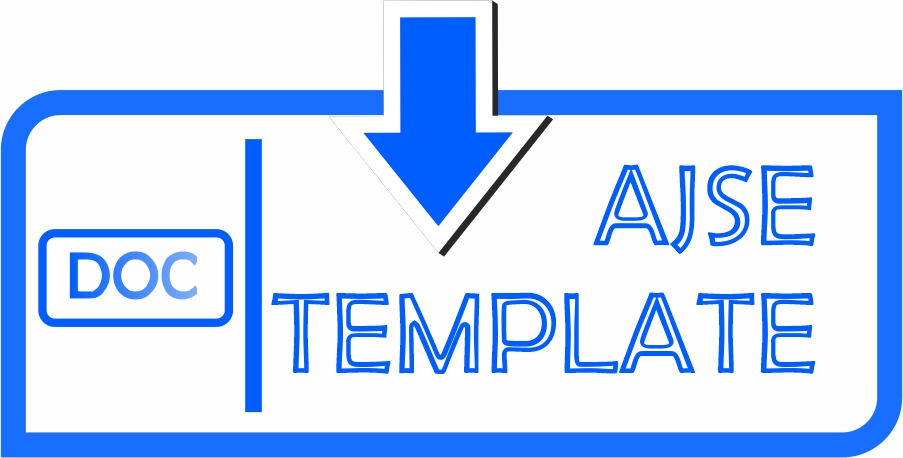BIOREMEDIATION OF TOFU INDUSTRY LIQUID WASTE USING EFFECTIVE MICROORGANISM-4 (EM4) SOLUTION (CASE STUDY OF TOFU SENTOSA INDUSTRY, YOGYAKARTA)
Septina Avia Warnares(1*), Budi Kamulyan(2), Ahmad Tawfiequrrahman Yuliansyah(3)
(1) Universitas Gadjah Mada
(2) Universitas Gadjah Mada
(3) Universitas Gadjah Mada
(*) Corresponding Author
Abstract
Liquid waste produced from the tofu industry contains high contaminants such as BOD, COD, TDS, pH, and TSS, which can pollute the environment. Therefore, pollutants should be decreased before being discharged into the environment. Tofu waste treatment is constrained by adequate technology and high costs. Biological treatment is one of the best treatments, a waste treatment process by utilizing microorganisms. This research used the intermittent anaerobic-aerobic process and was conducted on a laboratory scale using a tank made of glass 25 cm long, 20 cm wide, 15 cm high, and a tank of 30 cm long and 15 cm wide 15 cm high. The treatment process in this research used samples adding EM4 solution with a concentration of 1/20 and samples without EM4. The stages of the research were carried out consisting of preliminary research, core research, and further research. Preliminary research used 1/20 (5%) concentration of EM4 and was fermented for four days at room temperature. As a result, the pH value decreased from 6 to 4, and the presence of a white layer above the surface. The average pollutant reduction efficiency value in the sample with Effective Microorganism-4 (EM4) and without the Effective Microorganism-4 (EM4) was tested at different duration times for each parameter. The efficiency reduction value of the sample with EM4 of BOD was 87.14%, COD 74.68%, TSS 15.88%, and TDS -17.91%, while in the sample without EM4 of BOD value was 76.54%, COD 67.78%, TSS 22.77%, TDS -16.78% with a time process of 41st day.
Keywords
Full Text:
PDFArticle Metrics
Refbacks
- There are currently no refbacks.
Copyright (c) 2022 ASEAN Journal of Systems Engineering

This work is licensed under a Creative Commons Attribution-ShareAlike 4.0 International License.
Universitas Gadjah Mada


